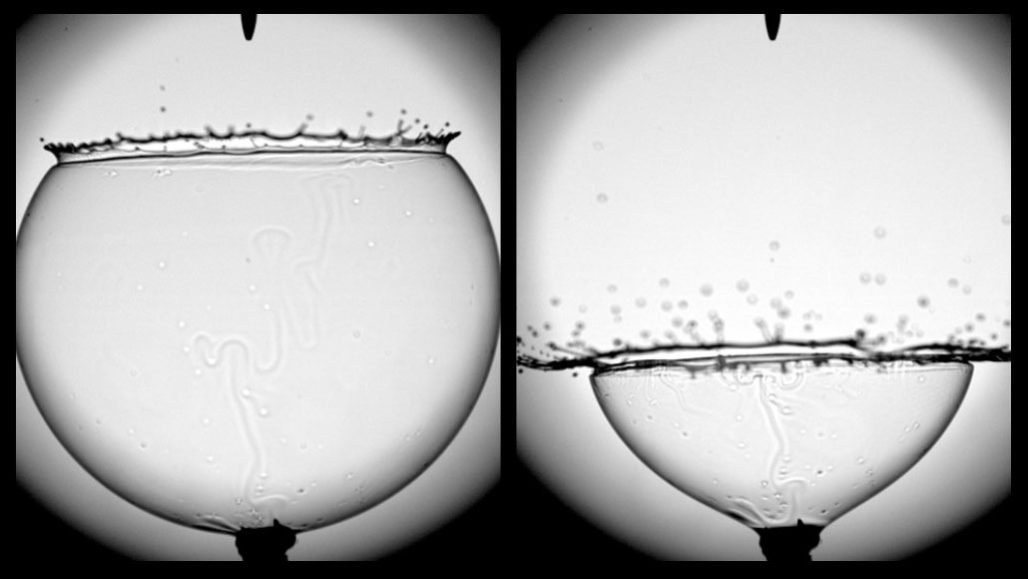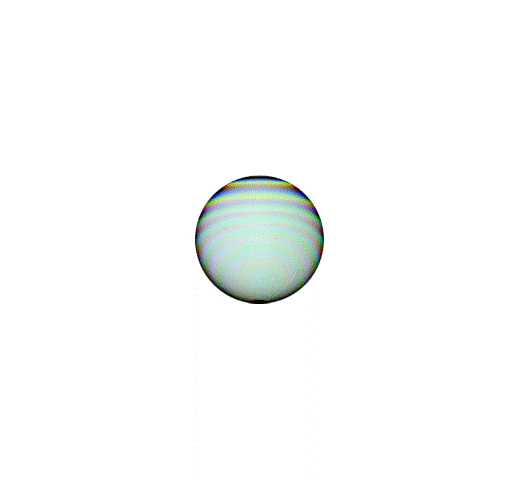acoustics: The science of sound.
air pressure: The force exerted by the weight of air molecules.
array: A broad and organized group of objects. Sometimes they are instruments placed in a systematic fashion to collect information in a coordinated way. Other times, an array can refer to things that are laid out or displayed in a way that can make a broad range of related things, such as colors, visible at once. The term can even apply to a range of options or choices.
colleague: Someone who works with another; a co-worker or team member.
density: The measure of how condensed some object is, found by dividing its mass by its volume.
focus: (in physics) The point at which rays (of light or heat for example) converge sometimes with the aid of a lens.
force: Some outside influence that can change the motion of a body, hold bodies close to one another, or produce motion or stress in a stationary body.
molecule: An electrically neutral group of atoms that represents the smallest possible amount of a chemical compound. Molecules can be made of single types of atoms or of different types. For example, the oxygen in the air is made of two oxygen atoms (O2), but water is made of two hydrogen atoms and one oxygen atom (H2O).
physical: (adj.) A term for things that exist in the real world, as opposed to in memories or the imagination. It can also refer to properties of materials that are due to their size and non-chemical interactions (such as when one block slams with force into another).
physics: The scientific study of the nature and properties of matter and energy. Classical physics is an explanation of the nature and properties of matter and energy that relies on descriptions such as Newton’s laws of motion. A scientist who works in such areas is known as a physicist.
pressure: Force applied uniformly over a surface, measured as force per unit of area.
surface tension: The surface film of a liquid caused by the strong bonds between the molecules in the surface layer.









